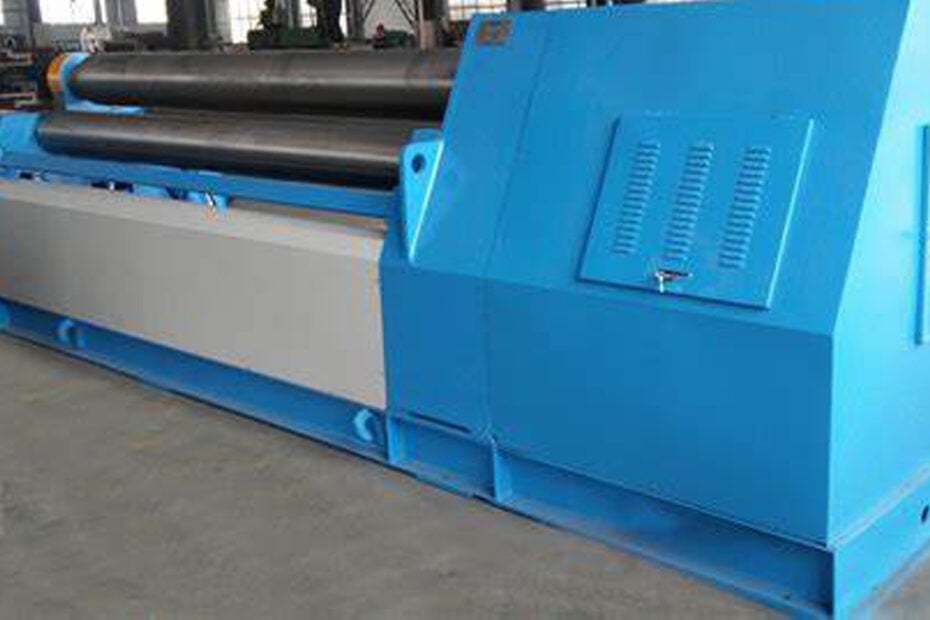4-Roller Plate Rolling Machine : Structural Composition & Six Application Features
The four-roller plate rolling machine is easy to operate, with high rolling accuracy and good roundness. The pre-bending of the plate can be carried out on the four-roller plate rolling machine.








